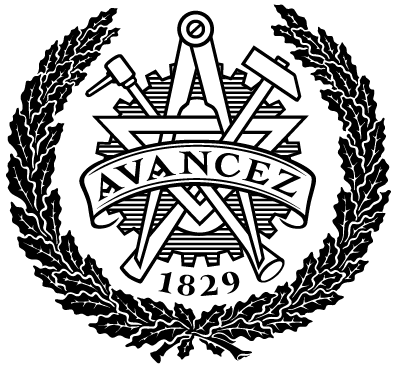Demonstration scale of a rotary kiln for cement production using a thermal plasma: A scaling and heat transfer study
| dc.contributor.author | Fakt, Alice | |
| dc.contributor.author | Nilsson, Minea | |
| dc.contributor.department | Chalmers tekniska högskola / Institutionen för rymd-, geo- och miljövetenskap | sv |
| dc.contributor.department | Chalmers University of Technology / Department of Space, Earth and Environment | en |
| dc.contributor.examiner | Andersson, Klas | |
| dc.contributor.supervisor | Ehlmé, Elias | |
| dc.contributor.supervisor | Gunnarsson, Adrian | |
| dc.date.accessioned | 2023-06-29T14:21:15Z | |
| dc.date.available | 2023-06-29T14:21:15Z | |
| dc.date.issued | 2023 | |
| dc.date.submitted | 2023 | |
| dc.description.abstract | The cement industry plays a significant role in global greenhouse gas emissions, prompting governments worldwide to establish targets for mitigating the impacts of global warming and the greenhouse effect. This master thesis therefore focuses on reducing the greenhouse gas emissions from the cement process, in collaboration with Swedish cement manufacturer Heidelberg Materials Sweden. The proposed approach involves replacing the conventional fossil fuel flame in the rotary kiln with an electrical thermal plasma. However, direct implementation to full scale processes are seldom done due to feasibility uncertainties and large costs, consequently, this thesis is done on a demonstration scale of a rotary kiln. The study was conducted with modelling tool simulations, using a model previously developed in Matlab at the division of Energy Technology at Chalmers University of Technology. The aim of the thesis is to investigate the heat transfer in a demonstration scale rotary kiln operated with a thermal plasma, with carbon dioxide utilised as both the working gas in the plasma and the secondary gas. Moreover, the design and operational parameters that a rotary kiln would have in order to fulfil the temperature requirements for cement production are also examined. The expected outcome is a proposed design of a demonstration scale kiln, used for Heidelberg Materials Sweden’s process. The results from the simulations imply that it is viable to design a demonstration scale rotary kiln operated with a thermal plasma. It is concluded that the heat transfer is equally as good as for the fossil fuel driven kiln, and the temperature requirements are achieved. Two different designs are found to be good options, one where the plasma is tilted towards the bed material, then the bed material reaches the desired temperature, whereas the flue gas is still high. The other design is to tilt the plasma towards the bed as well as increase the mass flow of bed material, and add particle content to the plasma as to increase radiation. Then the bed material achieves the desired temperature, as well as a lower flue gas temperature similar to the existing rotary kiln at Heidelberg Materials. To further investigate the impact of a thermal plasma in rotary kilns, experimental research is encouraged, for example to examine the temperature profile of larger plasmas and how the actual heat transfer affected is when implementing it in a rotary kiln. | |
| dc.identifier.coursecode | SEEX30 | |
| dc.identifier.uri | http://hdl.handle.net/20.500.12380/306504 | |
| dc.language.iso | eng | |
| dc.setspec.uppsok | LifeEarthScience | |
| dc.subject | cement production | |
| dc.subject | rotary kiln | |
| dc.subject | thermal plasma | |
| dc.subject | heat transfer mechanisms | |
| dc.subject | Matlab model | |
| dc.title | Demonstration scale of a rotary kiln for cement production using a thermal plasma: A scaling and heat transfer study | |
| dc.type.degree | Examensarbete för masterexamen | sv |
| dc.type.degree | Master's Thesis | en |
| dc.type.uppsok | H | |
| local.programme | Sustainable energy systems (MPSES), MSc |
